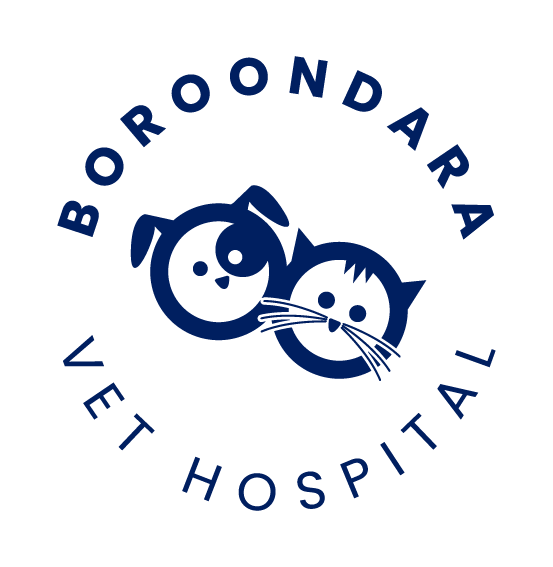Library
-
Chondroitin sulfate is the major glycosaminoglycan found in cartilage. Any pet with degenerative joint disease and arthritis can benefit from treatment with chondroitin.
-
Coenzyme Q-10 ('CoQ10' or 'ubiquinone') is a fat soluble nutrient, abundant in all tissues in the body. It is a vital component of the mitochondria, the powerhouses of the cell.
-
Colostrum is the antibody-rich milk produced from the mother's mammary glands during the first few days of life. It contains a thousands of antibodies (immunoglobulins), lactoferrin, growth hormone, growth factors, white blood cells, enzymes, vitamins and substances that regulate the body's immune response.
-
Complementary and alternative medicine (CAM) covers a variety of approaches to injury and disease which can be used alongside conventional medicine or in some cases replace it. Some of the therapies are becoming increasingly popular in the West.
-
The most common dental problem with dogs is not decay (caries) as with us but periodontal disease. It occurs in over 85% of dogs over the age of three.
-
Enzymes are involved in speeding up biochemical reactions (acting as catalysts) involved in virtually every function in the body, from digestion to tissue repair, and from hormone function to energy production. Vets may prescribe enzymes when they feel a particular body process needs to be supported.
-
Dimethylglycine is an unusual supplement, in that it is extremely popular despite the fact that all of its touted effects have largely been disproven by clinical and laboratory testing. It is most widely used as a performance enhancer by athletes, performance dogs and racing horses.
-
Dogs are social animals whose evolutionary history makes them willing and able to live in groups. Group living enables a range of co-operative activities to take place efficiently as long as everyone knows what is expected of them.
-
The terms dominance or status related aggression are confusing and outdated, although they are still widely used in the popular media. It is useful to spend a bit of time trying to understand why these terms are now generally rejected by those with a deeper understanding of dog behaviour.
-
When an animal repeatedly tries to do something, we might say that it has a compulsion to do the behaviour. Compulsive behaviours are often derived from normal behaviour patterns but appear to be abnormal because they are excessive, exceedingly intense, or performed out of context.

